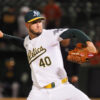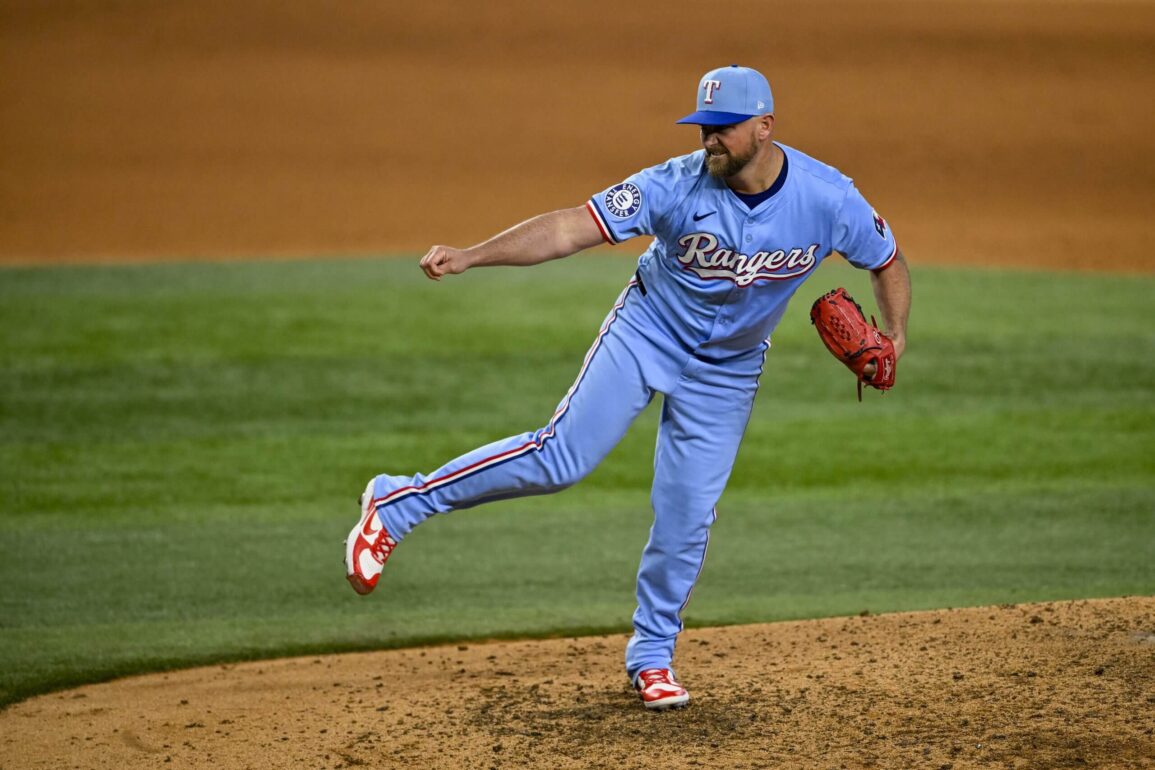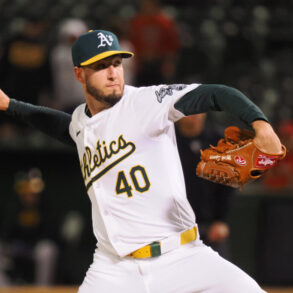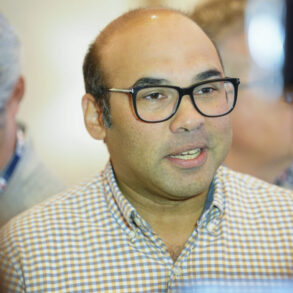The Super Bowl is over, spring training is upon us and half of the 30 major-league teams are carrying lower payrolls than they were at the end of last season.
That’s right, FanGraphs estimates 15 of the clubs are down compared to where they were at the end of 2024. Thirteen are up, and two, the Milwaukee Brewers and Tampa Bay Rays, are approximately the same.
Advertisement
Few of the remaining free agents figure to alter those figures significantly. So, in a sport that reported a record $12.1 billion in gross revenues last season, the growth isn’t necessarily reflected in teams’ spending.
Four teams with lower payrolls — the Brewers, New York Mets, Cleveland Guardians and Houston Astros — made the playoffs in 2024. The Mets had a number of high-priced players come off the books, and after signing Juan Soto are down only 1 percent from $336 million. The Astros traded Kyle Tucker for less expensive parts and allowed Alex Bregman to become a free agent. But with the Brewers and Guardians, success has not translated to greater investment in their rosters.
Entering Sunday, here were the clubs making the biggest jumps in payrolls, by percentage:
| Team | Increase |
|---|---|
|
Baltimore |
56 percent |
|
Detroit |
37 percent |
|
San Diego |
21 percent |
|
Sacramento |
17 percent |
|
KC, LA Dodgers, Philadelphia |
16 percent |
And here were the clubs with the biggest declines:
| Team | Decrease |
|---|---|
|
Chicago White Sox |
47 percent |
|
Miami |
37 percent |
|
St. Louis |
19 percent |
|
Chicago Cubs, Colorado |
16 percent |
|
San Francisco, Washington |
15 percent |
The Pittsburgh Pirates, who ended last season with the second-lowest payroll in the majors, ahead of only the A’s, are down 5 percent.
Was all this really necessary?
For as much as the Dodgers keep pushing to improve, with the pending return of super-utility man Kiké Hernández merely the latest example, some of their moves border on overkill.
Infielder Hyeseong Kim, who signed a three-year, $12.5 million free-agent deal, might not be an improvement over second baseman Gavin Lux, who is signed for $3.325 million and is under control through 2026. But in trading Lux to the Cincinnati Reds, the Dodgers acquired outfielder Mike Sirota, the Reds’ third-round pick in 2024, and a Competitive Balance Round A pick.
The Dodgers get an extra year of control with Kim. They obviously liked Sirota, having previously chosen him out of high school in the 16th round of the 2021 draft. And the competitive balance selection is perhaps more valuable to them than it is to other clubs.
Advertisement
For the third time in four years, the Dodgers’ top pick is moving back 10 places because they were more than $40 million over the luxury tax threshold. Their top choice this summer will be No. 40 overall. The pick they acquired from the Reds is No. 41. The last time the Dodgers selected higher than No. 20 was 2013.
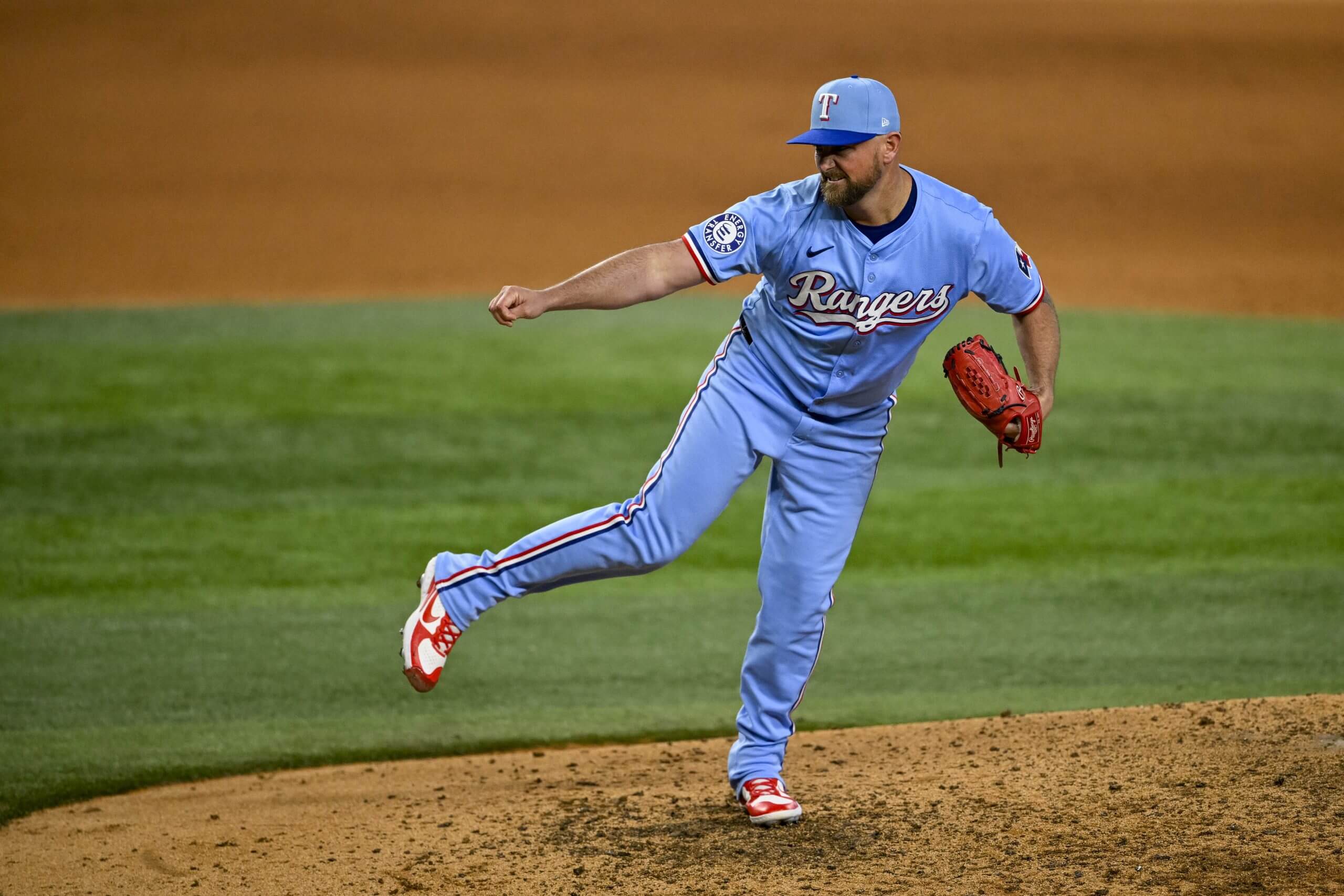
Kirby Yates, seen here with Texas last season, now joins the seventh team of his MLB career. (Jerome Miron / Imagn Images)
The Lux deal at least produced an intriguing return. The signing of Kirby Yates and subsequent trade of Ryan Brasier to the Chicago Cubs for a player to be named or cash was an outright financial flex. The one-year, $13 million deal for Yates effectively will cost the Dodgers $27.3 million when factoring in the 110 percent penalty for going over the highest luxury tax threshold. Brasier already was under contract for $4.5 million, and the Dodgers covered an unspecified part of his salary in the deal.
Yates, 37, is five months older than Brasier, but his career strikeout rate is 33.5 percent compared to Brasier’s 24 percent. He also had a 1.17 ERA in 61 2/3 innings last season, while Brasier was out from April 29 to Aug. 17 with a right calf strain, and not as effective as he was in 2023.
Still, Brasier performed well when healthy, and the Dodgers thought enough of him to use him as an opener while facing elimination in Game 4 of the Division Series against the San Diego Padres, and again in Game 2 against the Mets in the NLCS, when he allowed a leadoff homer to Francisco Lindor.
Here’s the kicker: The Steamer projection system has Yates again finishing with a higher strikeout rate than Brasier, but their ERAs, expected Fielding Independent Pitching metrics and Wins Above Replacement are almost the same.
“I definitely didn’t have that on my bingo card for the offseason,” Brasier said of his trade on Sunday before the Cubs’ first workout for pitchers and catchers. “I was surprised, but I get it. I’ve been around long enough where I understand they’ve got to make decisions. You don’t always have to like ‘em or agree with ‘em. But I ended up in a good spot. There are a lot of other places that I wouldn’t have been as excited about it.”
Advertisement
Assessing the Orioles’ outfield logjam
At first glance, the Baltimore Orioles’ signing of outfielder Ramón Laureano to a one-year, $5 million contract looked curious. The team, prior to losing Anthony Santander as a free agent, made left fielder Tyler O’Neill its most expensive acquisition of the offseason and added switch hitter Dylan Carlson as a depth piece.
The potential surplus seemed to indicate a trade was coming, or that another of the Orioles’ outfielders was dealing with an undisclosed physical issue. But at least to this point, neither appears to be the case, according to sources briefed on the Orioles’ thinking. General manager Mike Elias is simply trying to build depth and create platoon possibilities.
O’Neill and Laureano are right-handed hitters. Cedric Mullins Jr., Colton Cowser and Heston Kjerstad bat left. The way the Orioles set up, O’Neill most likely will be in left field and Mullins in center with Cowser and Kjerstad platooning in right. Laureano offers another option against left-handers, and along with Carlson, a right-handed hitting alternative in center. Jorge Mateo, who is expected back from elbow surgery early in the season, plays both infield and outfield.
Carlson, who has minor-league options remaining, is the likely odd man out if everyone stays healthy. But O’Neill has played more than 113 games in a season only once in his seven-year career, in 2021. And if the Orioles indeed end up with a surplus, they can always trade one of their outfielders at the deadline. Mullins is earning $8.725 million, and eligible for free agency at the end of the season.
Easier travel this time around
Cubs president of baseball operations Jed Hoyer, from his time as the Boston Red Sox assistant GM, still recalls the difficult schedule the Red Sox faced after they traveled to Japan to face the A’s in 2008. Both the Cubs and Dodgers will deal with better circumstances when they return from their two exhibitions against Japanese clubs and two-game series against each other in Tokyo.
In 2008, the Sox played the A’s in Tokyo from March 25-26, then an exhibition against the Dodgers at the Los Angeles Coliseum on March 29. They then opened the season with a five-game trip to Oakland and Toronto, getting outscored by the Blue Jays 23-9 in a three-game sweep and returning home 3-4 (they recovered to win a wild card and reach the ALCS).
The Cubs, upon completing their time in Japan, will take one day off as they return to their training site in Mesa, Ariz., then finish the spring with five Cactus League exhibitions. They then will stay in the Phoenix area and resume their season against the Arizona Diamondbacks before facing the A’s in Sacramento and heading home to Chicago.
Advertisement
The Dodgers are scheduled for three days off after facing the Cubs. They will finish the spring with three games against the Los Angeles Angels, two at Angel Stadium, before resuming their season with a six-game homestand against Detroit and Atlanta.
Around the horn
• One potential negative for Bregman if he chooses the Cubs or Detroit Tigers: Chicago’s Wrigley Field has been the third-most difficult park for right-handed hitters the past three seasons and Detroit’s Comerica Park the eighth-most difficult, according to Statcast.
Boston’s Fenway Park has been fourth-best for right-handed hitters, Toronto’s Rogers Centre seventh-best, Houston’s Daikin Park 14th-best. Perhaps Bregman is only thinking about getting top dollar. But his choice of parks could have an impact on his future production and career legacy.
• At No. 7, Bregman is the highest-ranking player remaining on The Athletic’s Top 40 Free Agent Big Board. Four others also remain on the open market — right-hander Nick Pivetta at No. 31, lefties Andrew Heaney and Jose Quintana at No. 37 and outfielder Alex Verdugo at No. 38.
Among the relievers still available: Kenley Jansen, Kyle Finnegan and David Robertson; Craig Kimbrel, Scott Barlow and Héctor Neris; Dylan Floro, Buck Farmer and Andrew Chafin. And that is only a partial list.
• Utility man Chris Taylor, 34, is the second-longest tenured Dodger behind catcher Austin Barnes (Clayton Kershaw will bump each of them down once he re-signs with the team). His exact role, however, is again uncertain, particularly with the pending return of Hernández.
Taylor, entering the final year of a four-year, $60 million deal, would appear in competition for a roster spot with outfielder Andy Pages, who has minor-league options remaining. As he approaches another crossroads, he is intent on rebounding from his .202 batting average and .598 OPS in 246 plate appearances last season.
Advertisement
“The last few years have not been up to the level I want.” Taylor said Wednesday during an appearance at the Yamaava’ Resort & Casino. “I don’t think that’s anything physical or my age. I think it’s more mechanical. For me, I’m definitely motivated to bounce back and kind of get back to where I was four or five years ago.”
(Top photo of Colton Cowser: Rob Tringali / MLB Photos via Getty Images)
This post was originally published on this site be sure to check out more of their content.


